
Classic regulators, new functions: FT and TFL1 shape Arabidopsis seed traits
Plant Science Research WeeklyFLOWERING LOCUS T (FT) and TERMINAL FLOWER1 (TFL1), two members of the phosphatidylethanolamine-binding protein (PEBP) family, are well-known regulators of flowering time and inflorescence architecture in Arabidopsis thaliana. However, recent work by Bigas et al. uncovers their additional roles in regulating…

Spatially resolved, single-cell multi-omics atlas of soybean development
Plant Science Research WeeklyIn this exciting paper, Zhang, Luo, Marand et al. combined several powerful techniques to investigate the program underlying soybean seed development. They used RNA sequencing to profile gene expression from single nuclei (snRNA-seq). They also carried out single-cell sequencing of assays for transposase-accessible…
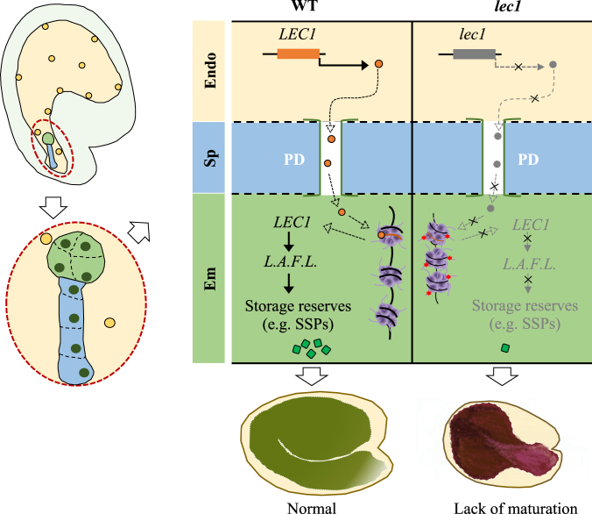
LEC1 acts as a molecular signal between the endosperm and embryo to initiate and regulate embryo maturation (Nature Comms)
Plant Science Research WeeklyIn most angiosperms, the seed is an outcome of a double fertilization process that initiates the development of the embryo and endosperm. The endosperm plays an essential role in nourishing the developing embryo by ensuring adequate maternal nutrient transfer. However, we are far from knowing the factors…

Proteomics-based protein complex discovery in the developing rice aleurone-subaleurone
The Plant Cell: In a NutshellLee et al. use a co-fractionation mass spectrometry pipeline to predict the compositions of cytosolic protein complexes present during early rice seed development. The Plant Cell (2021) https://doi.org/10.1093/plcell/koab182
Background: Many proteins act as components of multiprotein complexes that…
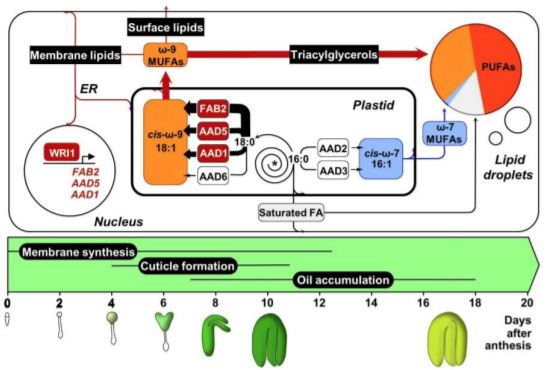
Lipid Synthesis and Beyond: SAD Fatty Acid Desaturases Contribute to Seed Development
Blog, Research, The Plant Cell, The Plant Cell: In BriefFatty acid (FA) desaturases have long been recognized as key enzymes in synthesizing lipids containing unsaturated FAs, which constitute the majority of seed oil. As a major class of FA desaturases, stearoyl-acyl carrier protein desaturases (SADs) catalyze the first desaturation step, producing the monounsaturated…
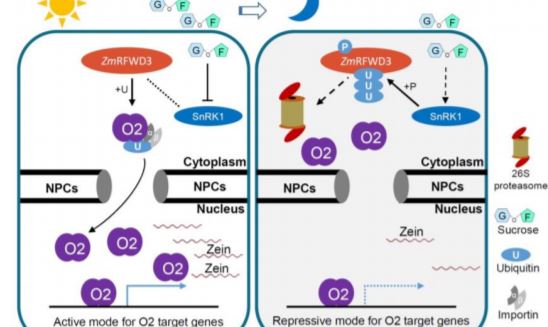
SnRK1-ZmRFWD3-Opaque2: A Nexus of Seed Nutrient Accumulation and Diurnal Cycles
Blog, Research, The Plant Cell, The Plant Cell: In BriefPlant seeds store nutrients in the form of protein, starch, and oil to support seed germination and seedling establishment. The seed nutrient reserves are supplied with carbon and nitrogen assimilated in vegetative tissues, where primary metabolism oscillates in a circadian manner (Farré and Weise,…
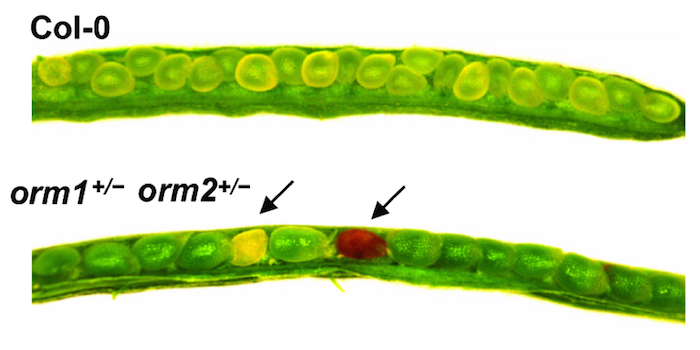
Unregulated Sphingolipid Biosynthesis in Arabidopsis ORM Mutants
Research, The Plant Cell, The Plant Cell: In a NutshellGonzalez Solis et al. describe the metabolic, cellular, and physiological consequences of the complete loss of regulation of sphingolipid biosynthesis. Plant Cell https://doi.org/10.1105/tpc.20.00015
By Ariadna Gonzalez Solis and Edgar B. Cahoon
Background: Glycosphingolipids are molecules…
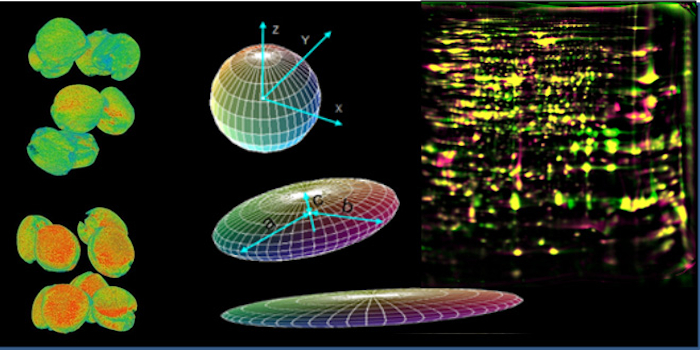
Cellular plasticity in protein re-balancing
Research, The Plant Cell, The Plant Cell: In a NutshellRolletschek et al. examine the role of cellular plasticity in oil-protein balancing.
Plant Cell https://doi.org/10.1105/tpc.19.00879
By Hardy Rolletschek and Ljudmilla Borisjuk
Leibniz Inst Plant Genet & Crop Plant Res (IPK)
Gatersleben, Germany
Background: Seeds of some crops like…
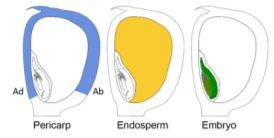
The Way Out: A Transcriptionally Unique Group of Endosperm Cells Implicated in Nutrient Export to the Embryo
Research, The Plant Cell, The Plant Cell: In BriefSuccessful development of the maize (Zea mays) kernel requires proper nutrient transport and signaling among its genetically distinct components: the embryo that gives rise to the next generation, the endosperm that nourishes the embryo, and the maternal tissues that surround the embryo and the endosperm…

